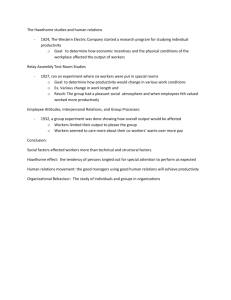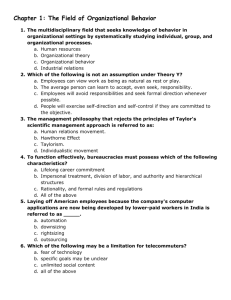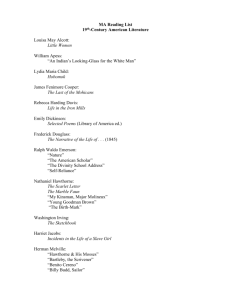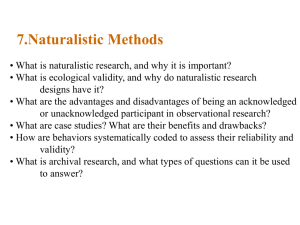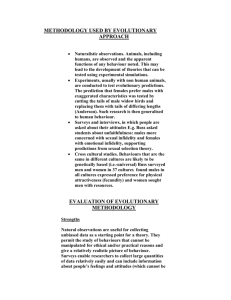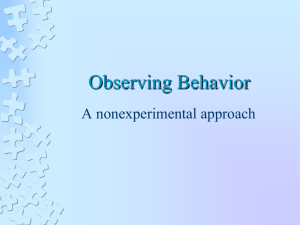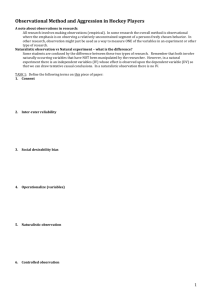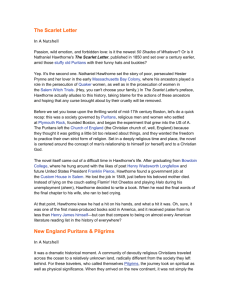Evaluation of naturalistic observation
advertisement
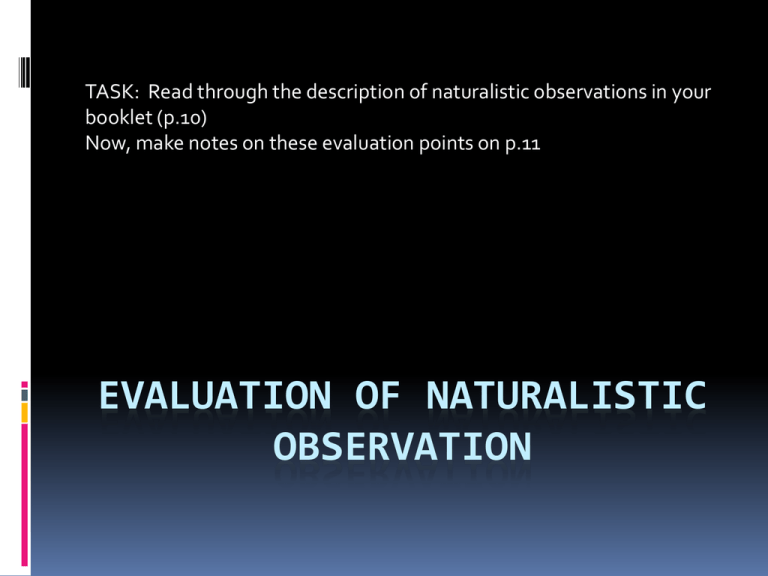
TASK: Read through the description of naturalistic observations in your booklet (p.10) Now, make notes on these evaluation points on p.11 EVALUATION OF NATURALISTIC OBSERVATION ADVANTAGES Valuable as a preliminary research tool. It can therefore lead to the identification of an appropriate hypothesis for further investigation in a more controlled setting In certain circumstances it can lead to a high level of ecological validity since the pt will often be being observed in their natural setting. DISADVANTAGES The Hawthorne effect may occur. This is when people know they are being observed, they change their behaviour due to the issues of evaluation apprehension and social desirability bias. This will therefore reduce the internal validity of the research. (It’s called the Hawthorne effect since researchers were investigating production levels at the Hawthorne Western Electric factory in Chicago. They found that both increased AND decreased lighting led to increased production in the workers i.e. because the workers were aware of being observed they worked harder.) Observer bias might occur. This is when observers may interpret what they see in line with the expectations they have. It may affect how a particular behaviour is interpreted. E.g. a researcher might expect boys to be more aggressive than girls and so might interpret a boy pushing a child as aggressive, but might not if it were a girl doing it. One way to overcome this would be to have two observers. Replication is an issue with naturalistic observations. This is because it’s highly unlikely that all aspects of the observation would be the same. E.g. a different number of people present, etc therefore generalising the findings will also be difficult.
